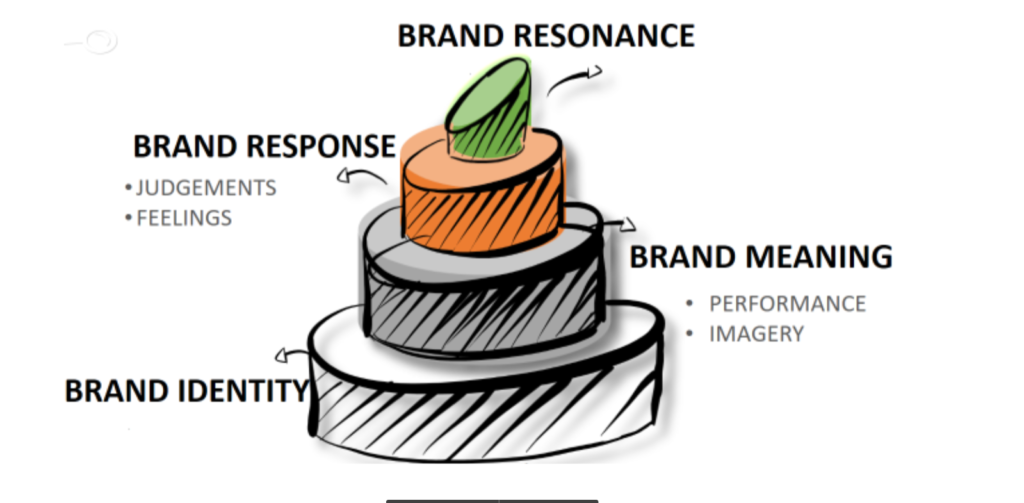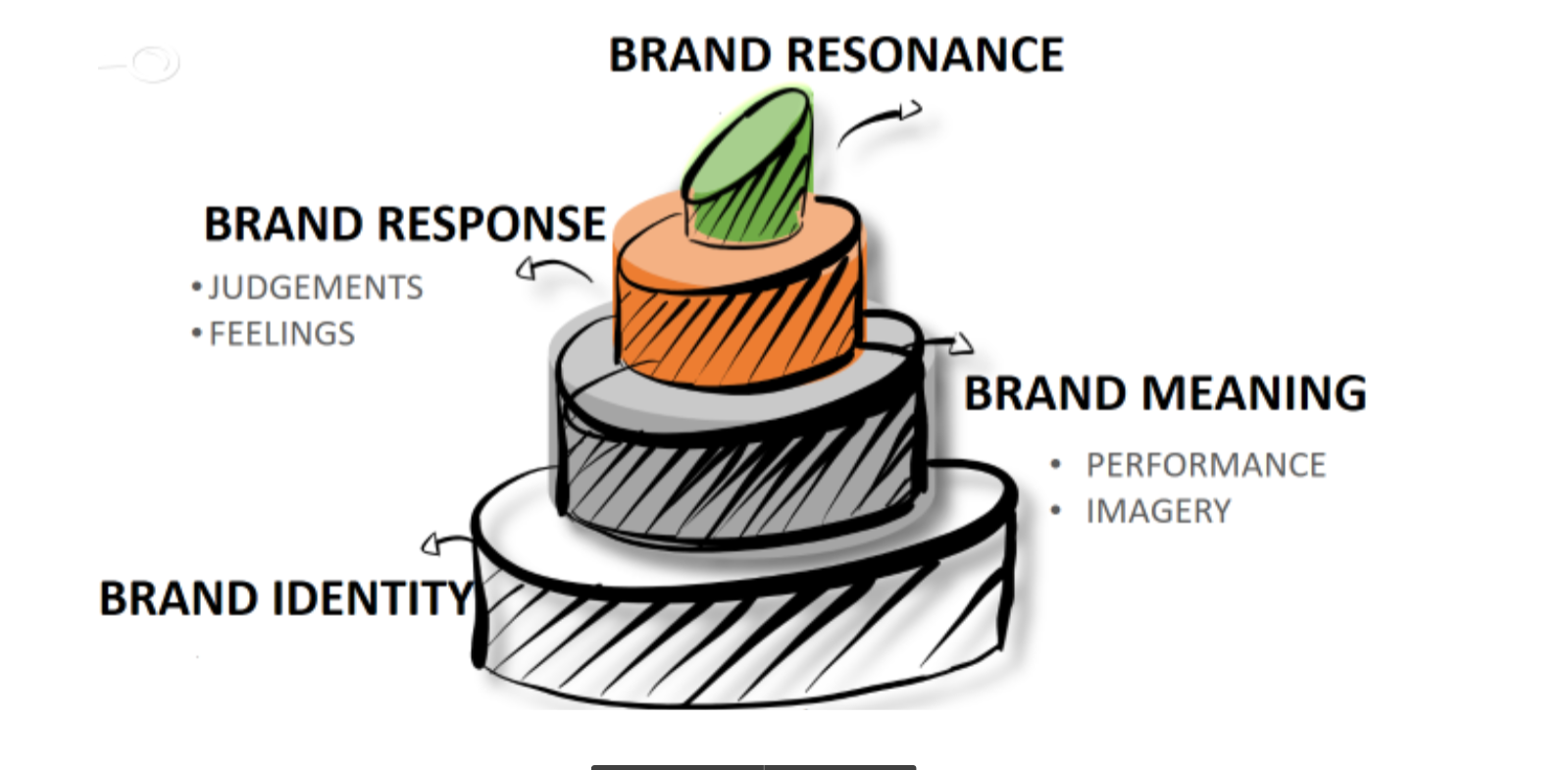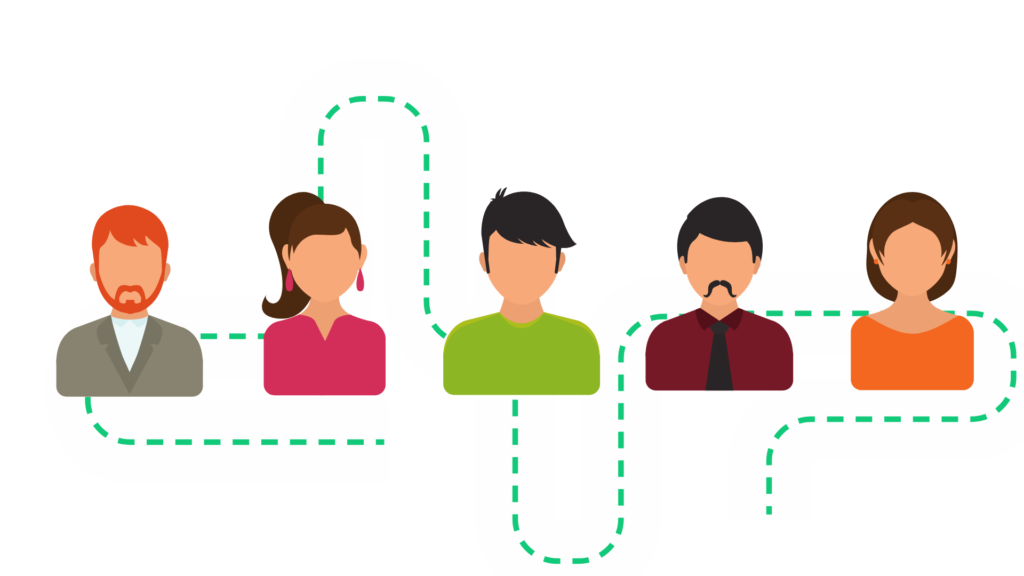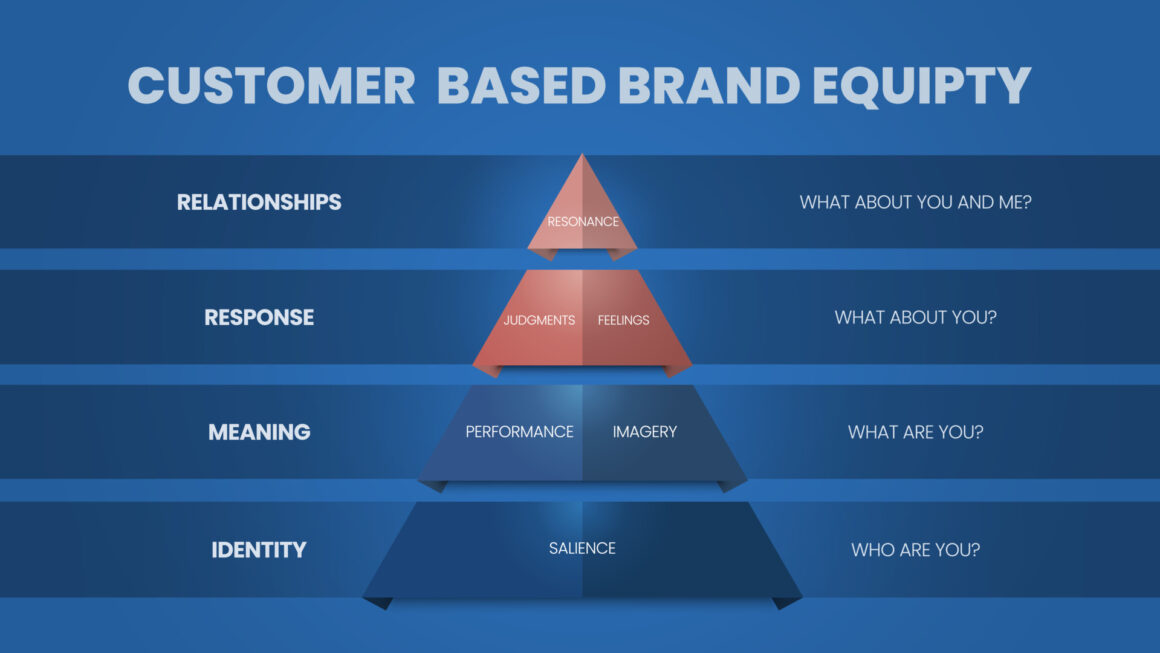When a brand tries to focus on brand marketing, basic questions arise, what makes a brand? And how can you build a strong brand? What makes your brand valuable?
Then the concept of Customer-based brand equity comes into the picture. The basics of the CBBE concept is totally dependent on consumer perception of the brand. As the power of a brand lies in what the consumer feel, learn, see, and hear from any brand throughout the period.
Brand Knowledge plays a vital role in building Customer-Based Brand Equity. Brand knowledge comprises of two things Brand awareness and Brand image.
Professor of Marketing Kevin Lane Keller devised one model for a better understanding of Customer-based Brand Equity. This model was published in STRATEGIC BRAND MANAGEMENT book.

Four Steps of Keller’s Brand Equity model
1. Brand Identity (WHO ARE YOU?)
When you start building a brand identity, keep one question in mind, “Who are you?” “What is your Unique Selling Point?”
Brand identity consists of the Depth and breadth of brand awareness in the consumers mind. Brand Identity can be built when consumers are unaware of your product and vision. Following this strategy means you have planned well to create a brand identity. The course of action for this can be advertising campaigns and target marketing.
Why should a consumer choose your brand over that of competitors?
For Example, in 2016, husband-wife, Varun-Ghazal Alagh, founded Mamaearth personal care brand, which claims Asia’s first Made Safe certified brand. They created their brand value on a unique point: 100 percent toxin-free and natural skincare, haircare, and baby care products.
2. Brand Meaning: (WHAT ARE YOU?)
The brand Equity model’s second stage is Brand Meaning. The brand finds meaning when you have a strong brand identity stage. In this stage, you ask question to find meaning for your brand “what are you?”
This stage is divided into two parts. These are the route that the customer will take based on Brand Meaning.
- Performance
Does your product deliver customer expectations? The performance aspect mainly encompasses primary characteristics & supplementary features, product reliability, durability and serviceability, service effectiveness, efficiency, empathy, style, design, and price. All the practical aspects are covered in the performance part.
- Imagery
This stage focuses on the emotional route of the consumer about your brand Meaning. How your brand appeal to the consumer in an emotional manner? Does your brand popular among society? Imagery dimensions consist of user-profiles, personalities, and values. Memories and experiences about a brand lead to strong special brand meaning.
Word of Mouth is the best way to increase the Imagery aspect in a consumer’s mind.
3. Brand Response: (WHAT ABOUT YOU?)
The next stage of the Brand equity model is about the Brand response you get from the consumer. The question is, “what about you?” What I think of or feel about you? What is the response to your brand in terms of Judgements and feelings?
- Judgements
Whenever consumers buy or intend to buy your product, they have prior judgments about the product based on social media and online opinions, making their judgment strong or weak. When you have a strong presence and popularity, it impacts their judgment about your product.
Judgments have four subcategories:
- Quality: Actual and perceived quality Judgements
- Creditability: In terms of innovation, expert, trustworthiness, and likability of product
- Consideration: Judgements based on their needs addressed by the product.
- Superiority: Compare your brands with other competitors and judge that you are superior or not.
- Feelings
Consumers express their feelings about your brand. What do they feel? There are six positive brand feelings involved.
a) Warmth b) Fun c) Excitement d) Security e) Social approval f) Self respect
Buying your product will make them feel these above aspects? For this, you can analyze consumer satisfaction and feedback, online reviews, insights. You’ll then get to know where you are lacking and what the aspects your brand should work upon are.
4. Brand Resonance: (WHAT ABOUT YOU & ME?)
The top level of the pyramid is Brand Resonance. Brand Relationship, which comes with a question, “what about you and me?” Do I have enough reasons to continue choosing you over any other brand?
This stage is where you meet customers who are highly loyal to your brand. They value your brand over any other brand. In this stage, customers are brand ambassadors, and this is where you can find here high Brand Equity.
You have loyal customers now. You have to keep them loyal. Keep them engaged, give them discounts, perks of being loyal ones, a gift card for repeat purchases.
Explore other concepts:



